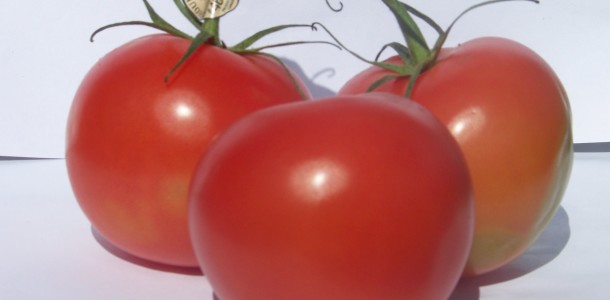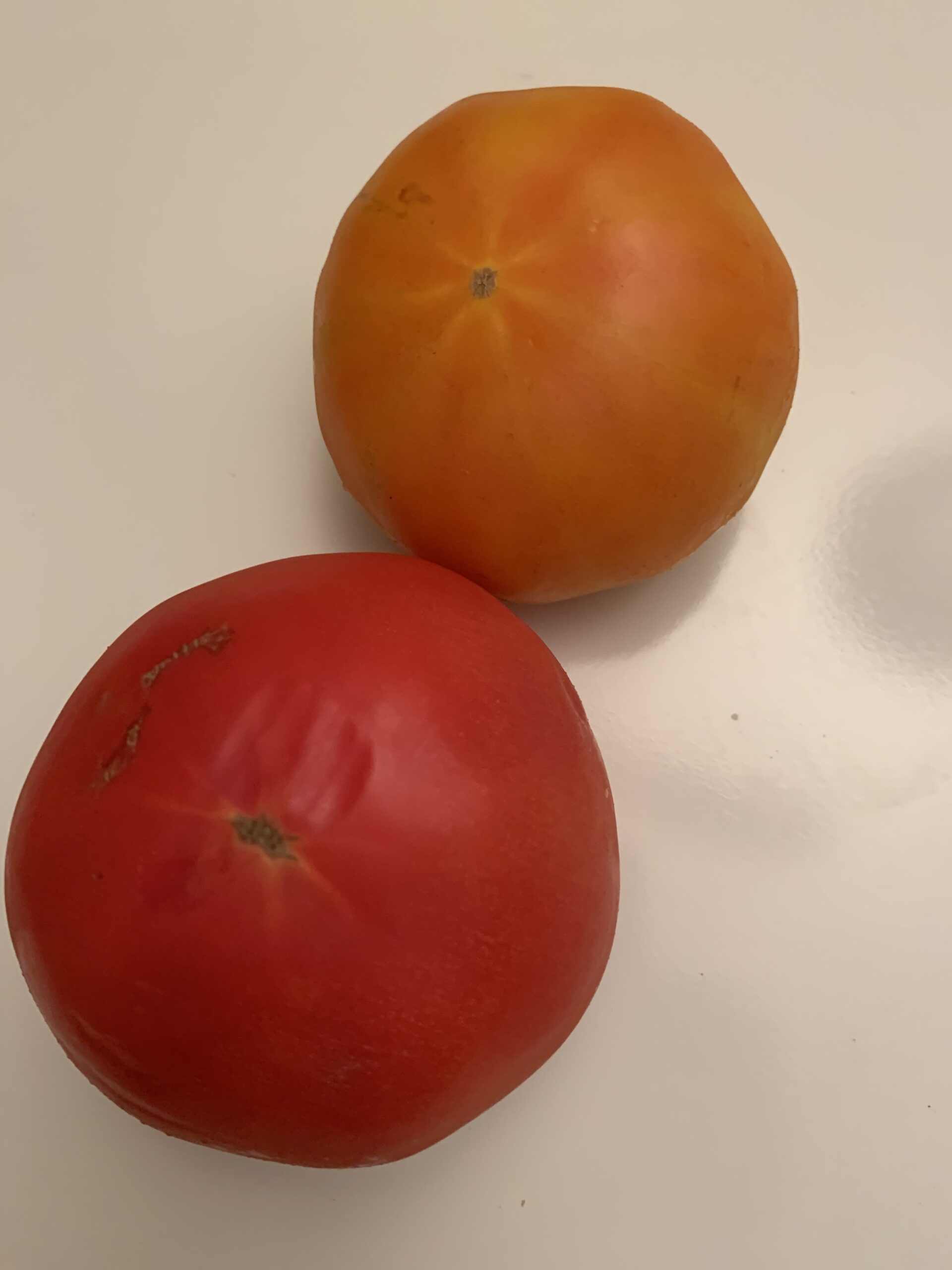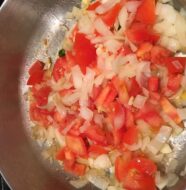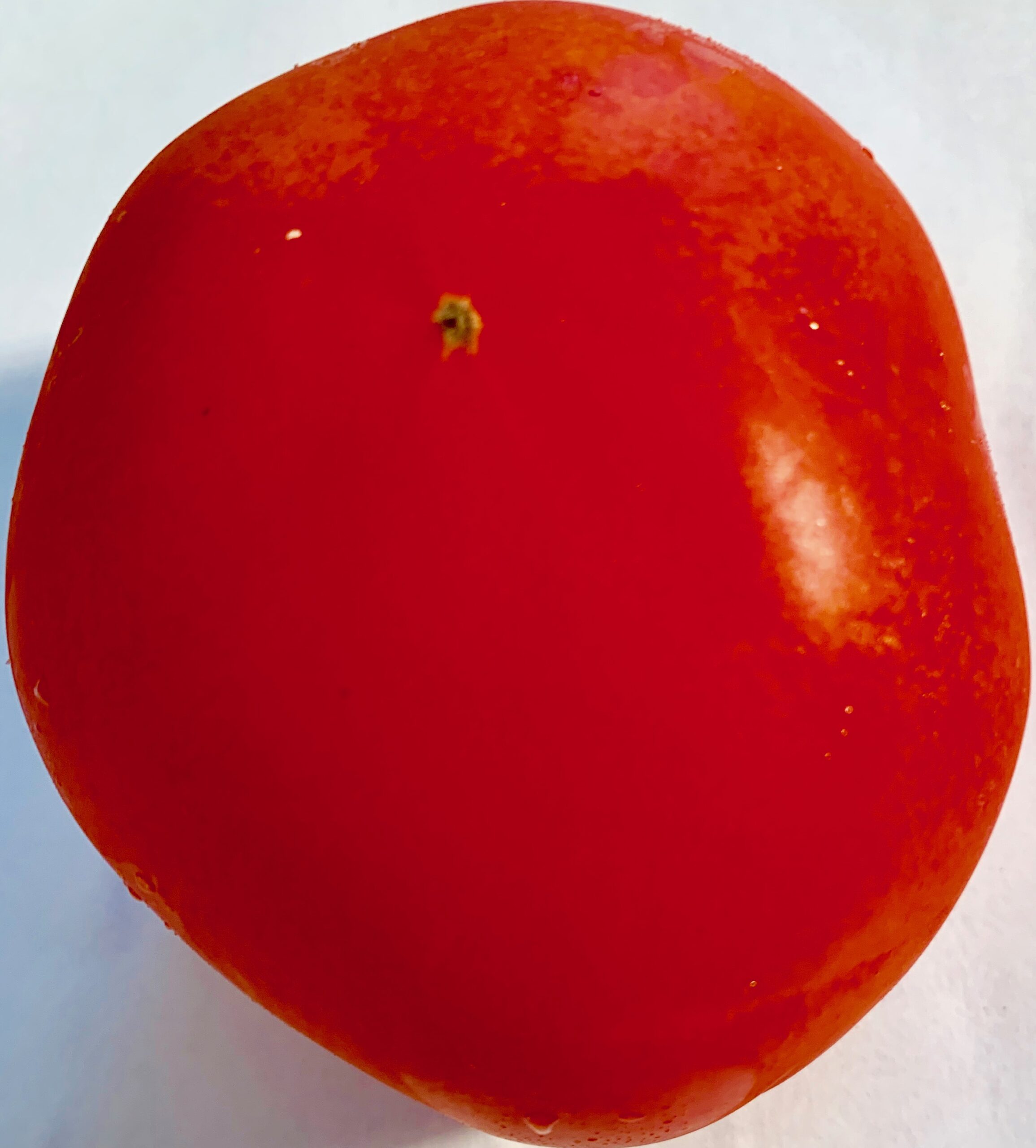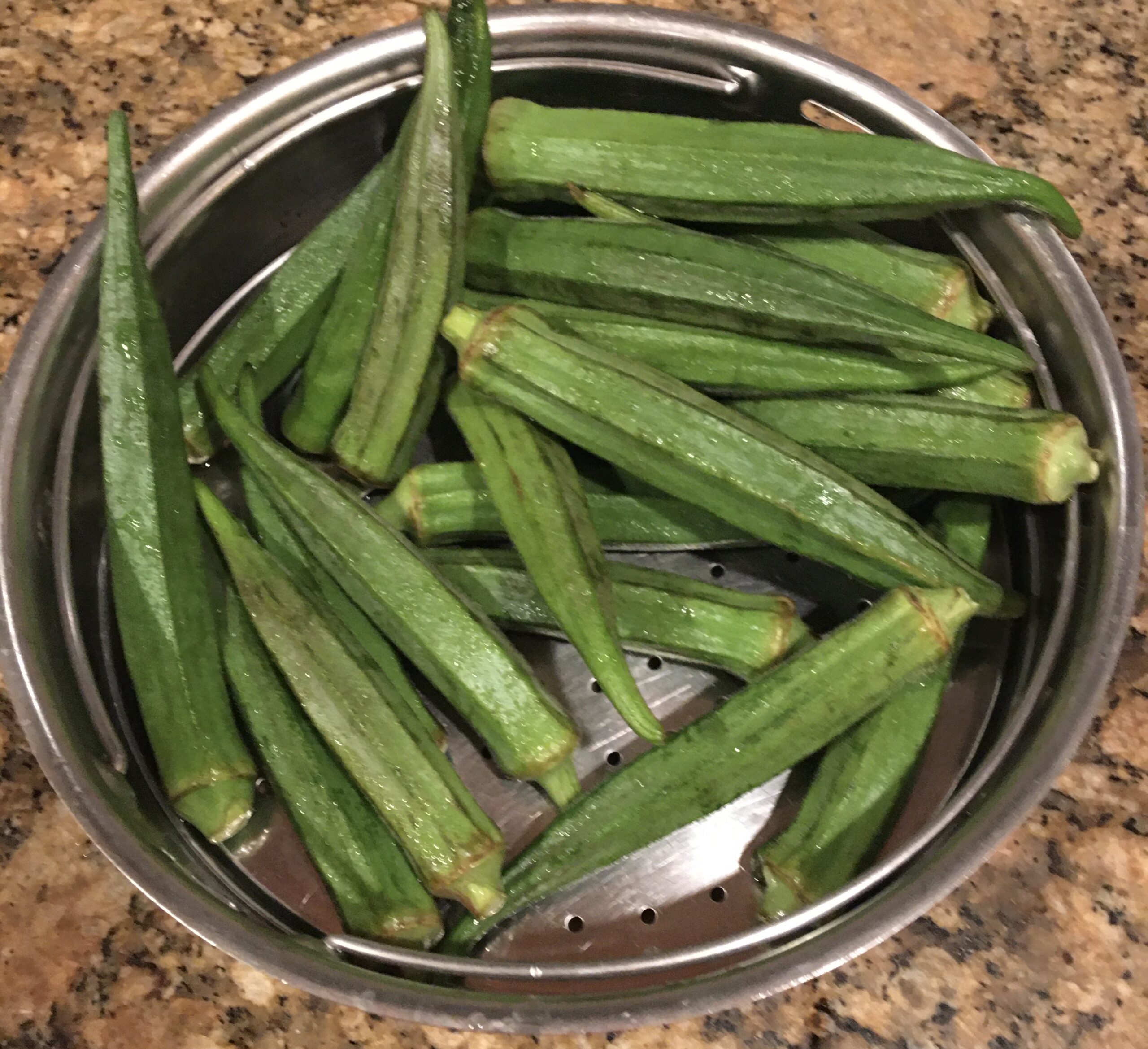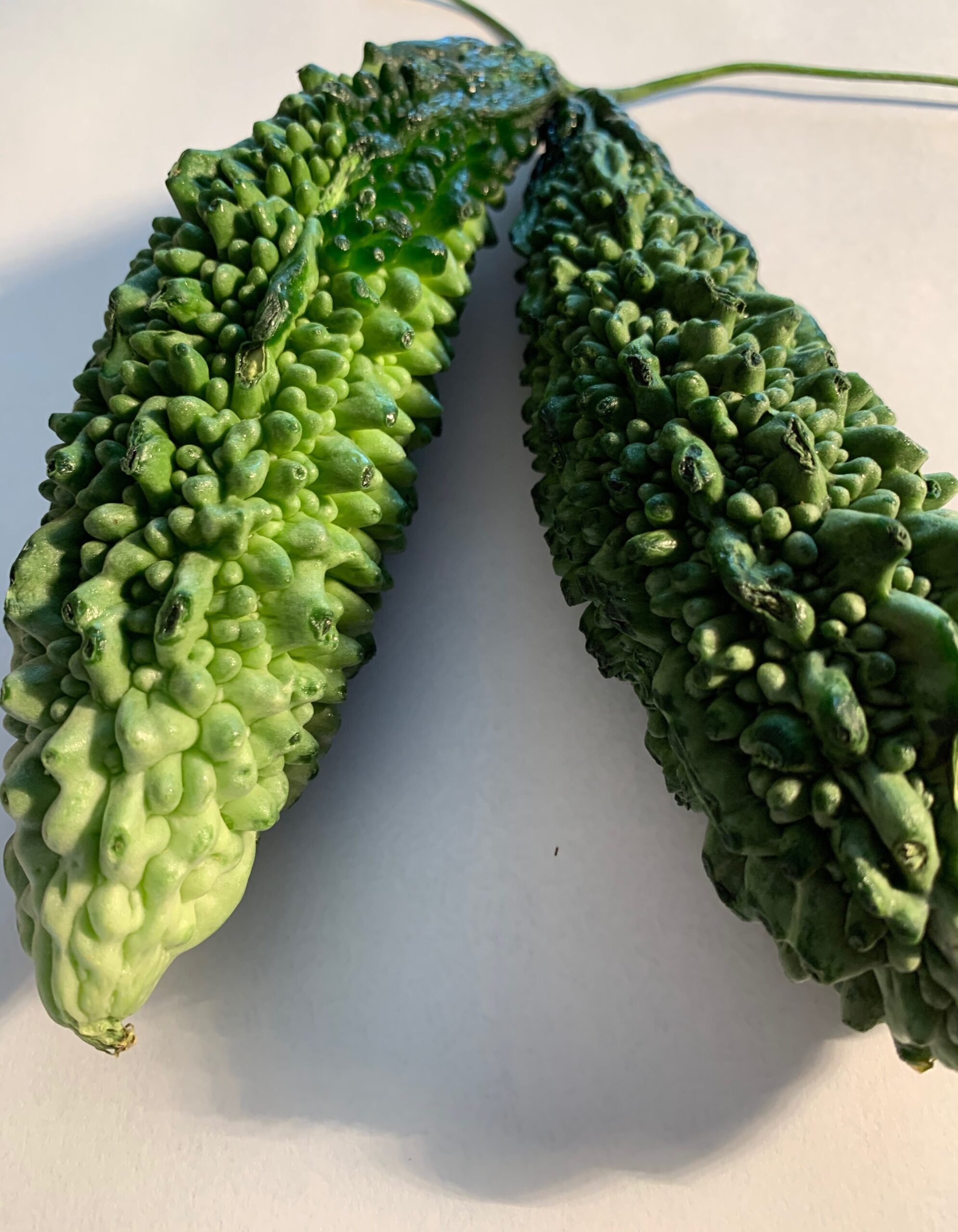Tomato, a South American native, is included in vegetables, though it grows as a fruit on the vine. It belongs to the nightshade family like
Growing Tomatoes : Tomatoes need 6-8 hours of sun to bring out their flavors. To keep them off the ground you will need stakes, cage or trellis most plants. Decide on a support plan before planting and add them after. For a strong tomato plant bury 2/3 rds of the stem. Give each plant enough room to grow. They grow long roots ; hence it is important to water deeply. They absorb nutrients when the soil pH ranges from 6.2-6.8. Fertilize the soil with miracle grow and compost.
https://bonnieplants.com/how-to-grow/growing-tomatoes/
History: Tomato history has its origins traced back to the early Aztecs around 700 AD; therefore it is native to the Americas. It was not until the 16th century that Europeans were introduced to this fruit when early explorers set sail to discover new lands. Throughout southern Europe, the tomato was accepted yet as it moved north resistance was apparent. The British admired the tomato for its beauty but believed it was poisonous as its appearance was similar to that of the wolf peach. Also because of the flatware made of pewter which has high lead content and would cause lead to leach into the food.
https://www.tomato-cages.com/tomato-history.html
Nutrition Facts of Tomato (Lycopersicum Esculentum)
| GI 15 ; GL =2; Water=170.14 g | Minerals | Vitamins |
| Energy 18 k cal – 1% | Sodium 5 mg >1% | Folates 15 mcg – 4% |
| Carb. 3.9g – 3% | Potassium 237mg – 5% | Niacin 0.594mg – 4% |
| Protein 0.9 g – 1.6% | Calcium 10mg – 1% | Pyridoxine 0.08mg – 6% |
| Total Fat 0.2g – 07% | Magnesium 11mg – 3% | Thiamin 0.037mg – 3% |
| Cholesterol 0mg – 0% | Manganese 0.15mg – 6.5% | Vitamin A 833IU – 28% |
| Dietary Fiber 1.2g – 3% | Phosphorous 24mg – 3% | Vitamin C 13mg – 21.5% |
| Phytonutrients | Zinc 0.17mg – 1.5% | Vitamin E 0.54mg – 4% |
| Alpha Carotene 101 mcg | Lutein zea- xanthin123 mcg | Vitamin K 7.9mcg-6.5% |
| Beta Carotene 449mcg | Lycopene 2573mcg |
Tomato Recipes
Tomato Yogurt Salad (Tamatar Dahi Raitha)
Tomato Aspic Salad (Tamatar Kachumber)
Tomato Chutney (Tamatar Chutney)
Tomato Soup (Tamatar Shorba)
Tomato Korma (Tamatar Korma)
Green Tomato Curry ( Hara Tamatar Curry)
Stuffed Tomatoes (Bhara Tamatar)
Health Benefits of Tomatoes
- 1 medium raw tomato cal 22; carb 7; fiber 1.2
- Tomatoes offer anti-oxidant protection; Lycopene can reduce LDL cholesterol levels
- Tomatoes are rich in vitamin C & E; provides better skin protection against UV light
- Tomatoes have significant amounts of potassium, iron and phosphorous
- Tomatoes reduce levels of heart disease, stroke & cataract
- Tomatoes suppress tumor growth stimulation
- Tomatoes can offer cancer protection: focuses on preventing skin, testes, adrenal and prostate cancer
- Tomatoes can prevent gallstones
- Tomatoes help manage diabetes: Daily consumption of tomatoes reduces the oxidative stress of type-2 diabetes thus help manage it.
- Tomatoes aid in maintaining healthy teeth, bones, hair & skin.
Spice Power
- Turmeric powder: curcumin’s anti-inflammatory and anti-oxidant properties have been found to delay the onset of type 2 diabetes in people with pre-diabetes.It also helps moderate insulin levels and boosts the effect of medications that treat diabetes.
- Red chili powder: fights inflammation and pain; promotes digestive health; aids in weight loss; enhances cognitive function; helps the heart and relieves nasal congestion.
- Asafetida powder: helps reduce bloating and other stomach problems; may lower blood pressure levels; may relieve Menstrual pain; may reduce headaches; can heal insect bites and stings;
Method 1 Red Tomato Chutney
- Blanch and peel the skin from tomatoes, if using fresh ones.
- Puree tomatoes in a blender with salt.
- Heat the oil in a frying pan; add mustard seeds and spices.
- When seeds splutter pour the tomato puree.
- Allow tomato puree to simmer, stirring frequently, until the oil separates.
- Remove from heat, garnish with chopped curry leaves.
- Allow chutney to cool and store in a pre-washed, sterilized bottle.
Method 2 Chunky Green Tomato Chutney
- Cut green tomatoes into 1″ slices.
- Peel and slice the onion into thin slices.
- Heat oil in a frying pan; add mustard seeds, spices; let seeds splutter.
- Add onion slices and sauté until translucent.
- Add tomato slices; sauté until all the water has evaporated & oil separates.
- Remove from heat, garnish with chopped curry leaves.
- Allow chutney to cool and store in a pre-washed, sterilized bottle.
Serve Tomato Chutney with Quinoa, Brown Rice / Pasta / Naan/sandwich spread/dip, or with Dosai, Vadai, or Sevai.
TIPS
Quick tomato chutney with tomato paste: Dilute the tomato paste with 1 cup water to make a puree and follow the recipe or use canned tomatoes
Variation: Add 2 red peppers with the tomatoes
Tomato chutney freezes well and can be stored for a month
Add 1 tbsp. coconut milk to green tomatoes for a creamy texture
The extra oil preserves the chutney giving it a longer shelf life

